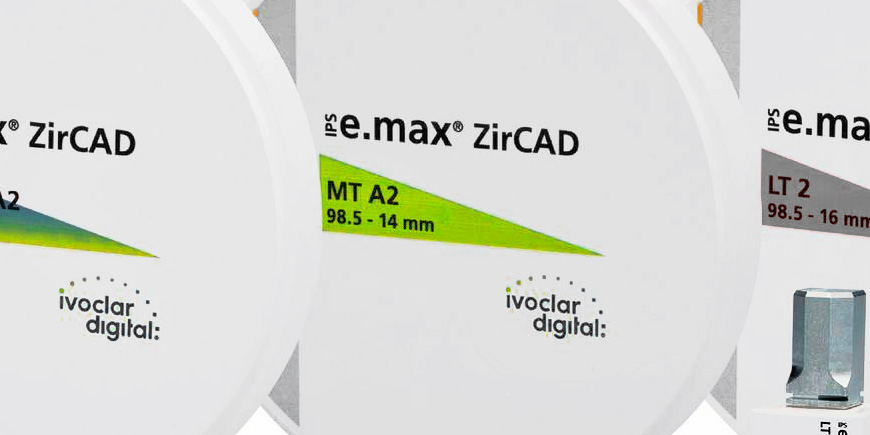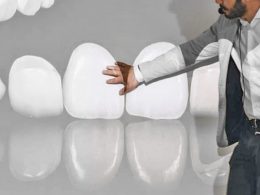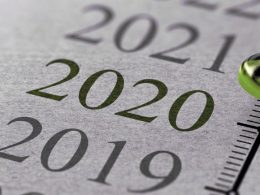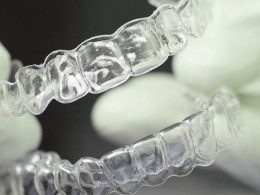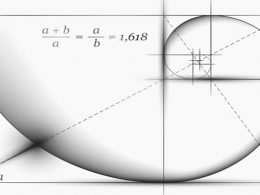Table of Contents
The success of any indirect dental restoration, such as a crown, veneer, inlay or onlay; it depends on a large number of factors associated with its design, shape, texture, color, translucency, and mechanical properties; among others.
Currently, the most commonly used restorative material in daily practice for the fabrication of fixed structures is porcelain fused to metal (PFM), mainly due to its excellent mechanical properties. However, the better esthetic properties of metal-free ceramic restorations, have greatly increased their popularity; particularly in the anterior or frontal region of the mouth, at the incisor and canine level.
This type of material arose from the need to overcome the unsightly metallic tone that PFM restorations often project, especially at the level of its gingival third, at the junction with the gingiva; and that it is an unacceptable detail for patients with high aesthetic requirements.
Research and development led to the creation of many 100% conventional metal-free ceramic systems. Hence, there has been a huge advertising battle between the 2 types of materials of this type most used today: Zirconia and Lithium Disilicate.
However, in the end, neither is superior than the other, since each one has its own clinical indications according to the particularities of the case. Understanding the benefits and risks associated with Zirconia and Disilicate, will facilitate the selection and fabrication of the most optimal restoration.
Why IPS e.max®?
Because it is a ceramic system designed with simplicity and versatility, which offers impressive aesthetics, high resistance and great durability; for both pressing technique and CAD/CAM technology.
Regardless of the technique used, with this system all components are available and supplied by a single manufacturer, which is a great advantage. If we prefer to work with the pressing technique, we have two different types of blocks or ingots: IPS e.max® Press, a high-strength glass-ceramic and IPS e.max® ZirPress, an aesthetic glass-ceramic that is pressed on Zirconium Oxide in a single, fast and efficient way.
For CAD/CAM applications, and depending on the requirements of the case, the highly esthetic IPS e.max® CAD glass-ceramic blocks, or the high-strength IPS e.max® ZirCAD Zirconium Oxide can be selected. The nano-fluorapatite layering ceramic IPS e.max® Ceram, completes this all ceramic system. It is a material that is used to veneer all IPS e.max® components, no matter if they are glass-ceramic or Zirconium Oxide.
IPS e.max® Press
They are highly biocompatible Lithium Disilicate glass-ceramic blocks. They offer the fit, form and function expected of any press ceramic. In addition, they offer a much improved flexural strength (500 MPa).
Due to its great aesthetic properties, creating metal-free restorations with such natural results, has never been so easier.
www.ivoclar.com/ips-e.max-press
IPS e.max® CAD
It combines the latest CAD/CAM processing technology with a high-performance material. This Lithium Disilicate glass-ceramic is manufactured using a highly innovative technological process, unique in the dental industry.
It is processed for the laboratory in an intermediate crystalline phase. In this “soft” state, the material exhibits its unusual “bluish color” and a strength of approximately 160 MPa. In this “blue” phase, restorations can be manually adjusted or trimmed quickly and efficiently. IPS e.max® CAD acquires its final strength of 500 MPa and the desired aesthetic characteristics (color, gloss and translucency), during a quick and simple final crystallization process.
www.ivoclar.com/ips-e.max-cad
IPS e.max® ZirPress
These blocks ideally combine pressing and CAD/CAM techniques. They take advantage of the precision of fit and strength of Zirconium Oxide-reinforced restorations. Fluorapatite glass-ceramic blocks are used to be pressed onto IPS e.max® ZirCAD structures.
www.ivoclar.com/ips-e.max-zirpress
IPS e.max® ZirCAD
IPS e.max® ZirCAD structures are veneered with IPS e.max® Ceram or IPS e.max® ZirPress is pressed onto them. The special Zirconia ZirLiner coating establishes an optimal bond between the components, regardless of the technique used. Due to its excellent final strength, IPS e.max® ZirCAD is the material of choice for indications where high mechanical strength is required, such as in the case of posterior fixed bridges.
www.ivoclar.com/ips-e.max-zircad
IPS e.max® Ceram
It is the connecting element between the different components of the IPS e.max® system. It is used for the coating of Lithium Disilicate and Zirconium Oxide substructures, using the porcelain layering technique. Also, it enables expressive and versatile characterizations to be achieved with the universal IPS Ivocolor staining system and Essence glaze.
www.ivoclar.com/ips-e.max-ceram
The Choice Between Lithium Disilicate and Zirconia
There are many advantages of using Disilicate or Zirconia instead of using porcelain fused to metal, but also there are many factors, apart from the aesthetic ones, that can influence the choice of material for our patients’ dental restorations. Each material has its own advantages and indications, depending on:
- Hardness and Abrasive Potential Zirconia has a high flexural strength, up to 1,400 MPa, however, studies show that the wear of the opposite dentition is not caused by the hardness of the material; but by the abrasion of the surface or “sandpaper effect”. When we process Zirconia, this does not happen, as the surface is very smooth and polished, and it does not adversely affect the opposite dentition. Zirconia is also more wear resistant than traditional metals, so it retains its original anatomical shape through the years. The e.max® Lithium Disilicate material, with a lower flexural strength (up to 500 MPa), is designed for areas with the greatest aesthetic compromise.
- Esthetics and Accuracy in Shade Matching High-translucency IPS e.max® Lithium Disilicate is recommended when aesthetics is paramount, for example, in cases where we need precisely match the color of a single anterior tooth; and also in all smile designs with porcelain veneers. For more extensive restorative treatments with crowns, fixed bridges, inlays and onlays, where the teeth do not require such an exact individual characterization; we recommend Zirconia.
- Thickness Because Zirconia-based materials are more resistant, thinner structures can be made, which means that we can be less invasive and more conservative in our dental preparation. Zirconia can be only ½ mm thick, while Disilicate requires 1.5 to 2 mm.
- Cementing Process IPS e.max® Lithium Disilicate materials need to be etched and bonded to the substrate, while Zirconia can be conventionally cemented, making the process easier.
“With the Disilicate of the IPS e.max® Trademark, in DENTAL VIP We Have Achieved the Most Spectacular Veneers and Smile Designs of Our Trajectory”.
DENTAL TIP
Save Up to 70% on Your Dental Quote!
Never forget that dental tourism is an extraordinary tool for accessing top-notch Dentistry.
DENTAL VIP trusts that quality of dental care should be affordable to all, no matter where you live. Hundreds of patients come to Venezuela for state-of-the-art medical and dental care every year, saving large amounts of money on health. Our rates are significantly lower than in any other Latin American country, without it implying a decrease or compromise in the quality of service. Simply what happens is that property costs and salary levels are both much lower than in any other place, which translates in better offers for our patients.
We guarantee that by using the services offered by DENTAL VIP, you could save up to 70% on your dental quote, compared to the local rates stipulated in your country.
Come for the price and stay for the quality! Contact us today via WhatsApp +58 414-9033547 or Email and overcome once and for all any barrier that prevents you from show off a white, healthy and beautiful smile.






